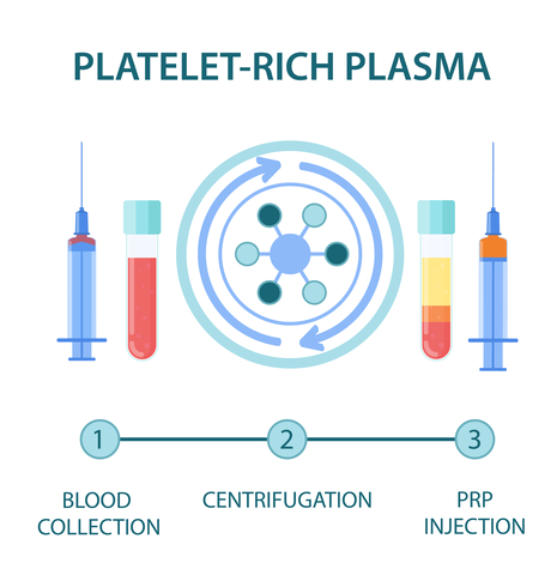
ON-SITE
AFTER HOURS
ORTHOPEDIC




COPYRIGHT © MURPHY WAINER ORTHOPEDIC SPECIALISTS
ALL RIGHTS RESERVED.
WEB DEVELOPMENT BY A BETTER WEB, INC.
Platelet Rich Plasma Therapy
at Murphy Wainer
Orthobiologics uses the body’s own resources to initiate
healing. In the Platelet-Rich Plasma Therapy process, the
patient’s blood is drawn and separated to concentrate the
healing components that already exist in the patient’s own
body. Those concentrated healing components are then
injected directly into the injured tendon or muscle. Platelet-
Rich Plasma Therapy has been used for decades to speed up
healing and help people return to their activities more
quickly. It is a safe and effective treatment for joint and
muscle injuries and our providers are experienced in this
procedure.
ADVANTAGES OF PRP THERAPY
•
Less side effects compared to steroid injections or surgery
•
Completely natural and organic
•
Healing continues several months after injection
•
Promotes accelerated healing
•
Minimal or no down time
•
Minimally invasive in-office procedure
Not EVERY patient is a good candidate for Platelet-Rich Plasma Therapy, but people who have exhausted other treatments, including steroid
injections, may decide on PRP Therapy as an alternative treatment to resolve their pain without surgery. For more information, or to make an
appointment, please contact Murphy Wainer Orthopedic Specialists: (336) 375-2300 or mwo @ sosbonedocs.com
A small amount of blood is
drawn from the patient.
The blood already contains the
necessary component.
A centrifuge separates the
blood components.
The platelet-rich plasma
is extracted.
The PRP is injected directly into
the muscle or tendon.
The PRP kick-starts the
healing process.
The illustration above shows the steps involved in the Platelet-Rich Plasma Therapy procedure. This regenerative procedure speeds
up the healing process in most patients, and many patients continue to see improvement up to three months after the injection.
Without the worry about side effects from medication or the recovery time from surgery, patients who receive PRP therapy often
experience a reduction in joint or muscle discomfort and a gradual return to their daily activites.
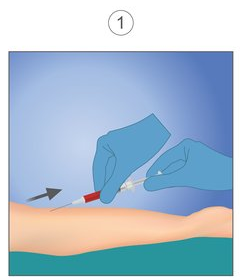
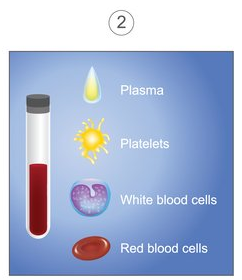
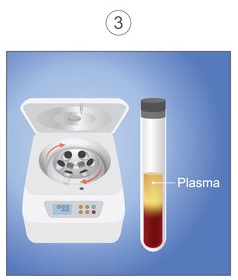
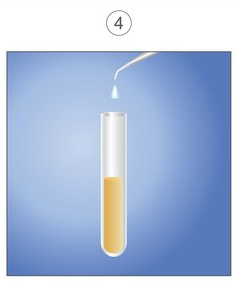
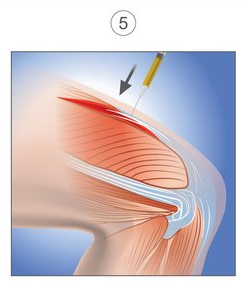
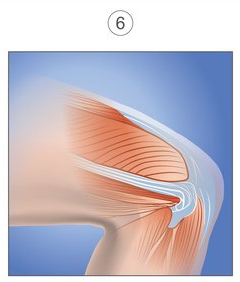
PRP injections are most commonly used for knee, shoulder, foot, ankle, and elbow problems. The injections can help promote healing in activity-
or sports-related injuries. PRP Therapy is especially effective for chronic tendon injuries such as tennis elbow, chronic Achilles tendonitis and
jumper's knee. It's also helpful for patients suffering from acute ligament and muscle injuries, such as a pulled hamstring. Finally, some patients
suffering from low- to moderate-grade knee osteoarthritis have found some relief with PRP Therapy.
WHAT CONDITIONS ARE TREATED WITH PRP THERAPY?
ON-SITE
AFTER HOURS
ORTHOPEDIC



COPYRIGHT ©
MURPHY WAINER ORTHOPEDIC SPECIALISTS
ALL RIGHTS RESERVED.
WEB DEVELOPMENT BY A BETTER WEB, INC.

Platelet Rich Plasma Therapy
Orthobiologics uses the body’s own resources to initiate
healing. In the Platelet-Rich Plasma Therapy process, the
patient’s blood is drawn and separated to concentrate
the healing components that already exist in the
patient’s own body. Those concentrated healing
components are then injected directly into the injured
tendon or muscle. Platelet-Rich Plasma Therapy has
been used for decades to speed up healing and help
people return to their activities more quickly. It is a safe
and effective treatment for joint and muscle injuries and
our providers are experienced in this procedure.
•
Less side effects compared to steroid injections
or surgery
•
Completely natural and organic
•
Healing continues several months after injection
•
Promotes accelerated healing
•
Minimal or no down time
•
Minimally invasive in-office procedure
Not EVERY patient is a good candidate for Platelet-
Rich Plasma Therapy, but people who have exhausted
other treatments, including steroid injections, may
decide on PRP Therapy as an alternative treatment to
resolve their pain without surgery. For more
information, or to make an appointment, please contact
Murphy Wainer Orthopedic Specialists: (336) 375-
2300 or mwo @ sosbonedocs.com
A small amount of blood is
drawn from the patient.
The blood already contains
the necessary component.
A centrifuge separates the
blood components.
The platelet-rich plasma
is extracted.
The PRP is injected directly
into the muscle or tendon.
The PRP kick-starts the
healing process.
The illustration above shows the steps involved in the
Platelet-Rich Plasma Therapy procedure. This
regenerative procedure speeds up the healing process in
most patients, and many patients continue to see
improvement up to three months after the injection.
Without the worry about side effects from medication or
the recovery time from surgery, patients who receive PRP
therapy often experience a reduction in joint or muscle
discomfort and a gradual return to their daily activites.
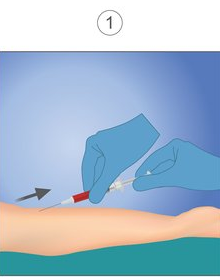
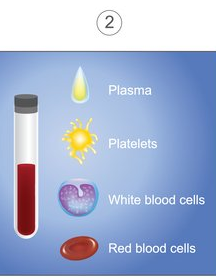
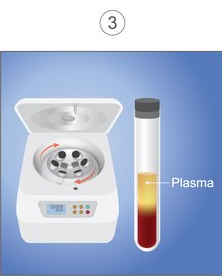
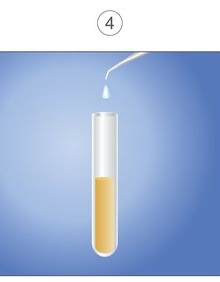
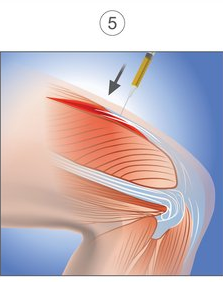
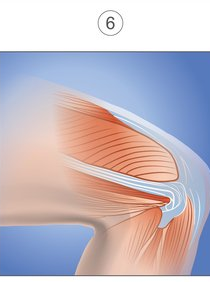
PRP injections are most commonly used for knee,
shoulder, foot, ankle, and elbow problems. The injections
can help promote healing in activity- or sports-related
injuries. PRP Therapy is especially effective for chronic
tendon injuries such as tennis elbow, chronic Achilles
tendonitis and jumper's knee. It's also helpful for patients
suffering from acute ligament and muscle injuries, such as
a pulled hamstring. Finally, some patients suffering from
low- to moderate-grade knee osteoarthritis have found
some relief with PRP Therapy.
WHAT CONDITIONS ARE TREATED
WITH PRP THERAPY?
A Division of Southeastern
Orthopaedic Specialists, P.A.





- MAP & DIRECTIONS
- APPOINTMENTS & FORMS
- INSURANCE & FEES
- PAY BILL ONLINE (opens new tab)
- REQUEST APPOINTMENT (opens new tab)
- REQUEST MEDICAL RECORDS
- REFILLS & QUESTIONS
- PHYSICAL THERAPY
- ORTHOPEDIC URGENT CARE
- ACCESSIBILITY STATEMENT
- NON-DISCRIMINATION NOTICE (opens new tab)
- PRIVACY NOTICE (opens new tab)





































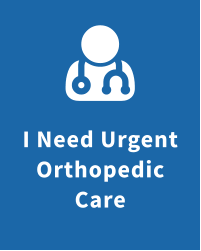




![Close [x]](index_html_files/close.png)





